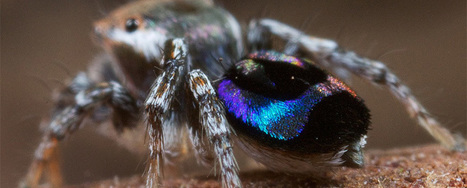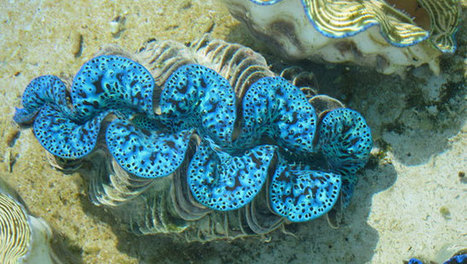"Inspired by the way iridescent bird feathers play with light, scientists have created thin films of material in a wide range of pure colors — from red to green — with hues determined by physical structure rather than pigments.
Structural color arises from the interaction of light with materials that have patterns on a minute scale, which bend and reflect light to amplify some wavelengths and dampen others. Melanosomes, tiny packets of melanin found in the feathers, skin and fur of many animals, can produce structural color when packed into solid layers, as they are in the feathers of some birds.
“We synthesized and assembled nanoparticles of a synthetic version of melanin to mimic the natural structures found in bird feathers,” said Nathan Gianneschi, a professor of chemistry and biochemistry at the University of California, San Diego. “We want to understand how nature uses materials like this, then to develop function that goes beyond what is possible in nature."
 Your new post is loading...
Your new post is loading...
 Your new post is loading...
Your new post is loading...














